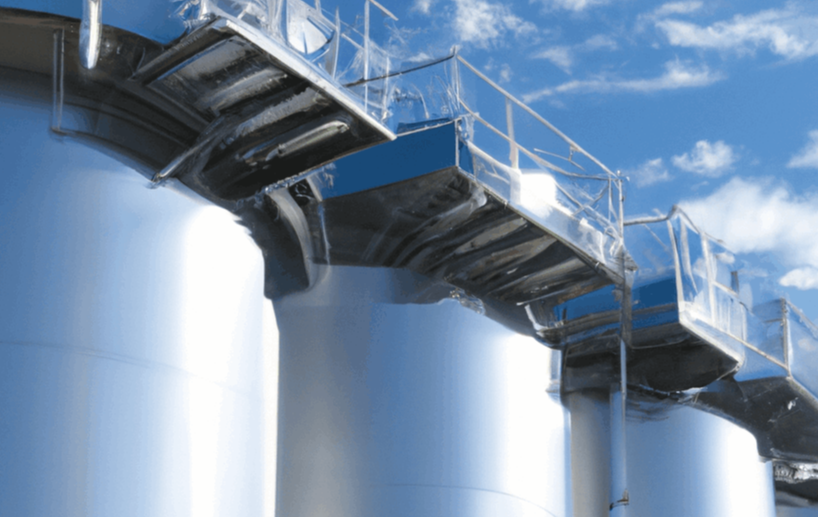
Storage Tanks
Above-ground storage tanks as a logical solution in bulk storage

Storage Tanks
What is SANS
SANS stands for the South African National Standards. It is a division of the South African Bureau of Standards (SABS) and is responsible for the development, maintenance, and promotion of national standards in South Africa across various industries and sectors.
In conclusion,
Fire protection of above-ground storage tanks is critical to the safety of personnel, the environment, and nearby communities. The SANS 10089-1, SANS 10131 and NFPA 30 standards provide guidelines for the design, installation, and maintenance of these tanks and their associated fire protection systems. By adhering to these standards and implementing additional fire protection measures, the risk of fire can be minimized, and the safety of all involved can be enhanced.
Created with Mobirise
Web Page Maker